
Addressing human-wildlife conflict in East Africa

Hidden in the bush, the thief is getting ready to take action. Walking slowly, he makes sure that nobody is around to notice him. He progresses silently toward the object of his desire. A few more steps and he’ll be close enough. A sudden sprint, he moves fast and goes racing toward the kitchen, raiding everything he can carry.
From kitchens to fields, baboons are the enemy number one of many local communities in East Africa. Stealing crops and sugar, they are notoriously challenging to repel and are known to be highly aggressive.
“Someone from the village has to stay near the fields, despite the summer temperatures and strong sun, and watch out for baboons to make sure they won’t destroy the crops,” explains Nancy Ingutia, community deputy manager for Ol Pejeta Conservancy, in the Laikipia district, located near Mount Kenya. “This baboon watch lasts from morning ’til late night until the crops are finally ready to harvest.”
Human-wildlife conflicts are not to be taken lightly in the region, but baboons are far from being the only culprits in these types of conflicts. Damages from elephants and carnivores involve massive loss of crops, the death or injury of cattle; and can even go as far as human injuries or death.

Mitigating the risks of living with wildlife is extremely important to avoid resentment from local communities towards conservation projects, which are there to protect the same species that are viewed by the communities as being destructive.
“For me, one of the crucial things about dealing with conflicts at any level, is that for human-wildlife conflicts, we need to agree where we want to have wildlife and where we don’t,” says Drew McVey, regional manager East Africa for WWF-UK. “And then we can work out how best to protect wildlife and how to protect people from it.”
In 2006, Ol Pejeta decided to outline the area allocated to wildlife protection by surrounding itself with an electric fence. This choice was made to both limit the occurrence of poaching and to decrease wildlife conflicts with the neighbouring communities.

“If you ask the communities now,” says Richard Vigne, Ol Pejeta’s CEO, “they will tell you that the greatest benefit that they have received since Ol Pejeta was formed as a conservancy, is the reduction in human-wildlife conflicts, particularly with elephants.”
Even though financial compensation schemes for farmers exist throughout East Africa, the process is often slow and only takes into account attacks carried out by the Big Five species. The lack of recognition for the economic loss of local farmers can easily trigger a feeling of resentment toward both wildlife and conservationists alike.
“If you can provide some immediate relief to individuals affected, then most people won’t carry out retaliation attacks,” says Drew. “There has been lots of work done in India on tigers showing that if we, the greater conservation community, value people’s livelihood and try to address their concerns, we’re more likely to get a positive response.”
In addition to retaliatory killings, the resentment building up in the communities can also make them turn a blind eye to poaching operations.
“Often in the past in East Africa, the communities were marginalised and didn’t engage in protected areas management,” explains Drew. “I think in that regard you get poachers becoming proverbial ‘Robin Hoods’. It doesn’t necessarily mean that the local people will conduct the poaching themselves, but it does mean that we won’t necessarily have people reporting poachers.”
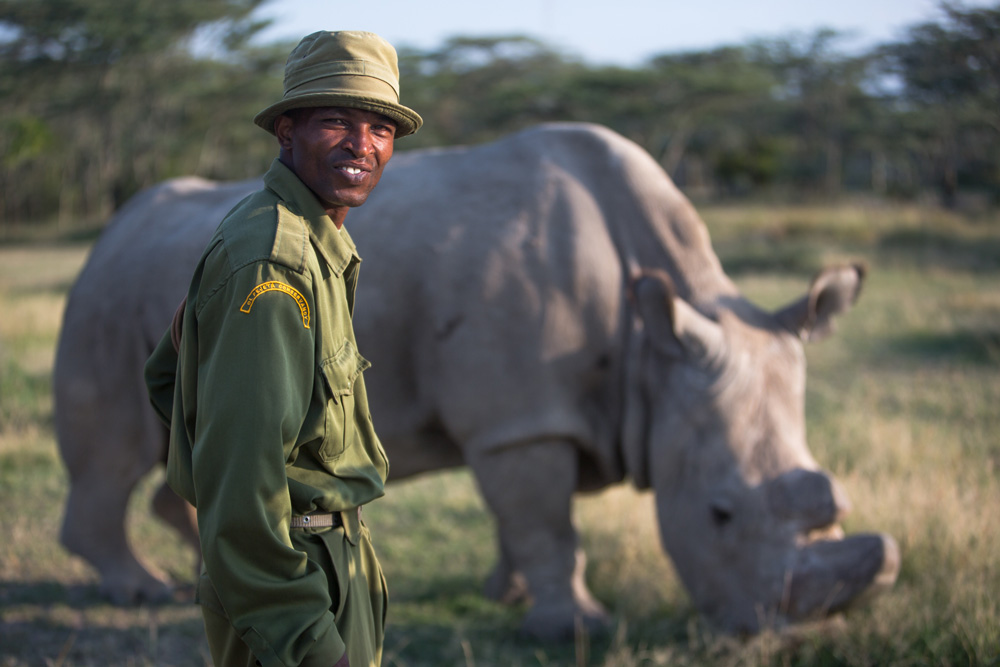
According to a 2015 WWF report, more than 30,000 elephants – of which 8,500 are from East Africa – are still killed every year. Rhinos are also heavily targeted, as Richard explains: “There are always people trying to kill rhinos. Every single day of every single month there would be people plotting to kill rhinos on Ol Pejeta, and any of the other rhino sanctuaries in Laikipia.”
When a villager cannot see any benefit of having rhinos or elephants around, he might end up thinking, “just take these animals away. We get nothing from them, and they are just a cost,” explains Drew.
Strategies that work
That’s why new strategies are now being developed to protect crops from elephants. Repellent for elephants are diverse and can include methods as odd as chilli plants or even beehive fences. According to Save the Elephants, the latter solution has a success rate of 80%. This strategy also allows farmers to get extra income from the honey produced.
Improving the enclosures used to keep livestock, also called bomas, is another important first step forward. “It’s quite easy for predators to get in,” explains Shivani Bhalla, lion conservationist and founder of Ewaso Lions. “Reinforcing these bomas, making them stronger and talking to the community about actually strengthening them can make a big difference in stopping hyenas and other predators getting in, or discouraging livestock from straying away at night.”
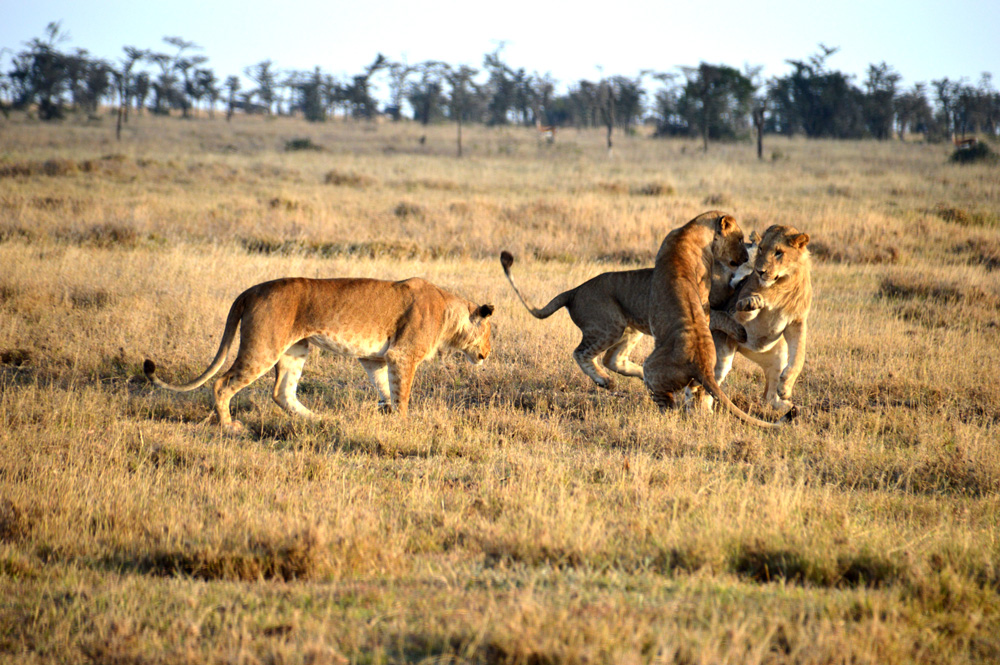
In northern Tanzania, Laly Lichtenfeld, Executive Director of the African People and Wildlife Fund, worked with the local Maasai to improve their bomas to reduce attacks on cattle. One of the community members came up with the idea to use a local tree, called Commiphora, as fence posts. Hence, the Living Walls project was born.
“The Living Walls Project is a good example of how we work with Maasai pastoralists to develop conservation solutions that work from their point of view,” explains Laly. “The Living Walls project was a Maasai idea. They use the Commiphora in this part of Northern Tanzania around the outer part of their homesteads, but they never actually used them for the livestock corrals. Now it’s spreading like wildfire across northern Tanzania.”
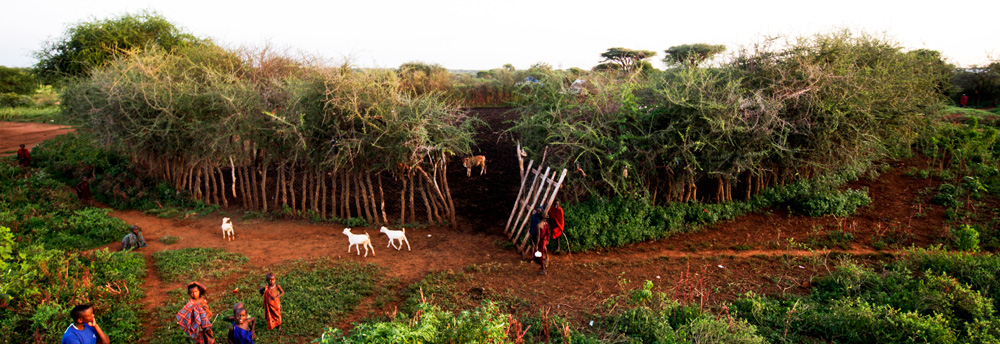
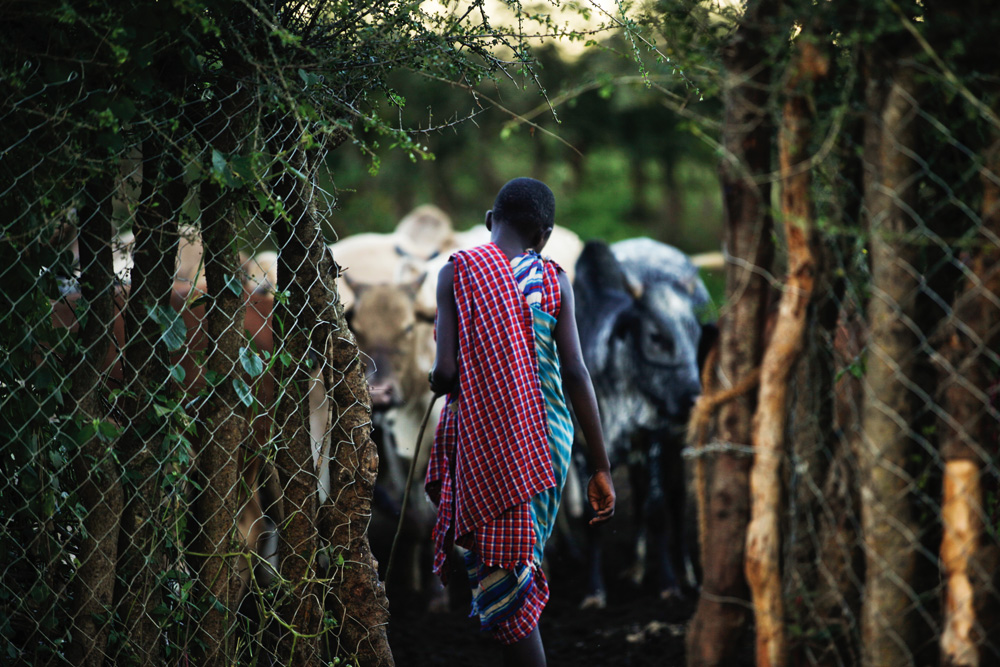
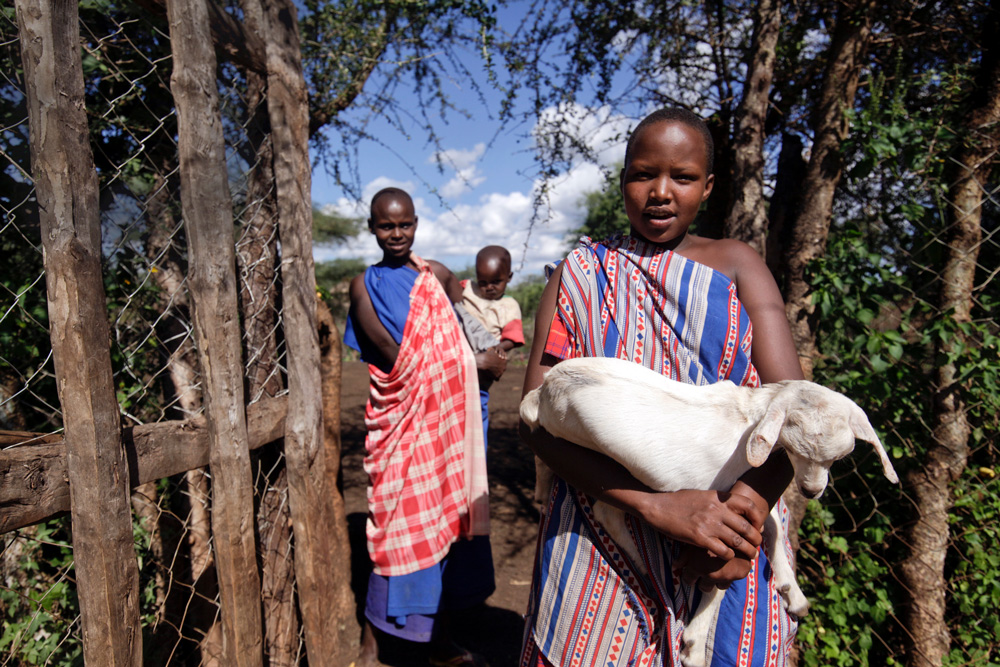
To find out more about similar programmes, continue reading below the advert

But, even though these types of projects are essential, the best way to reach out to communities and make a change on the ground is to get them directly involved.
Shivani realised, after graduating, that lion conservation in non-protected areas was critical. So, she moved to Northern Kenya and started Ewaso Lions in collaboration with local Samburu communities.
In 2010, Jeneria Lekilelei founded the Warrior Watch programme, facilitated by Ewaso Lions, the first programme in northern Kenya to actively involve warriors in a conservation project. The idea came from the realisation that by spending most of their life in the wild, Samburu warriors accumulate important information on lions. The tasks of the warriors involve reducing human-wildlife conflicts, but also raising awareness among their communities of the value of wildlife.
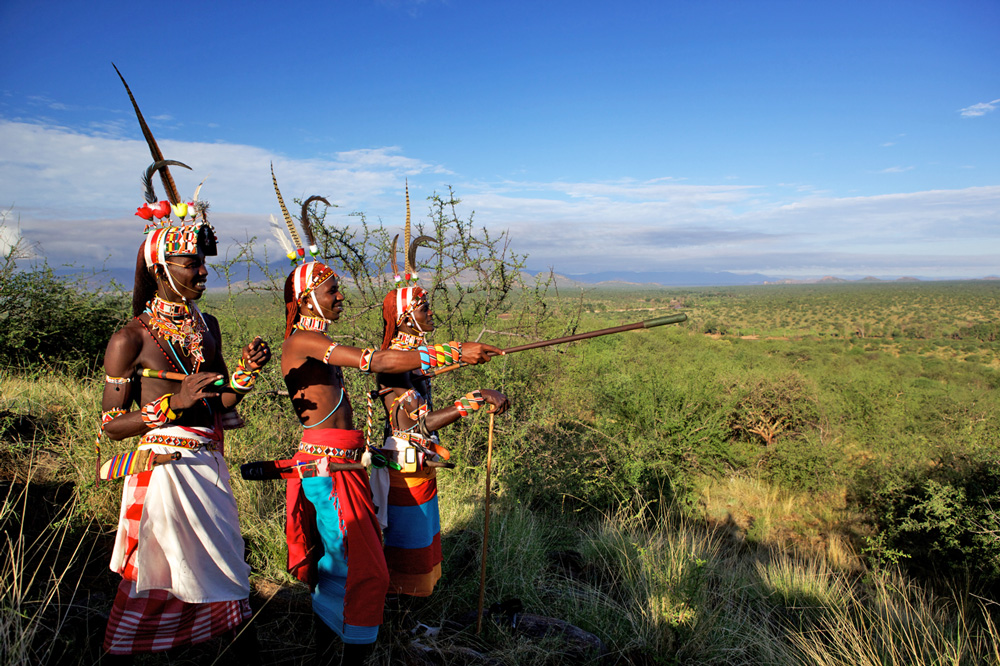
“It’s important to have your key ambassador and your key role model who can be out there communicating and working with the communities; someone who believes in conservation and lions himself,” says Shivani. “I think that’s the key because then it’s not so much me going out telling everyone ‘please don’t kill a lion’, it’s a warrior telling others not to kill lions.” And that can make all the difference!
Watch an APW video on their human-wildlife conflict prevention initiative below
The importance of education
By working on mitigating human-wildlife conflicts and by allowing local communities to develop an alternative livelihood like touristic activities, it’s possible to turn them into powerful allies. Educating local kids, for example, can be a powerful tool to change the perception that local people have of elephants.
To raise kids to become wildlife protectors, it’s essential first to make sure they get the chance to go to school. At Ol Pejeta, this aspect is taken very seriously, and a portion of the money gained by the conservancy is reinvested in improving the education of kids from the neighbouring communities.
In East Africa, schools also have an essential role to play in the development of the future generation of conservationists. Not only can they raise awareness and interest in environmental issues amongst their pupils, but they can also diffuse this knowledge across entire communities.
“Our most successful route to involve entire communities is via the schools,” explains Liz Bourne, founder of Nature’s Frontline. “In Uganda, we are seen as a positive link with the National Parks and the rangers, which has had a knock-on effect on the communities’ perception of the parks, the environment and conservation. The children take home this positivity, and it is passed on to the parents.”
In Kenya, primary education is free, but secondary education is not. The cost to access high schools is around $200 per trimester, which for some families is unaffordable. That’s why Ol Pejeta offers its 36 neighbouring schools a chance to earn full bursaries, explains Ian Mungai, education officer working for Ol Pejeta.
“Bursaries are given to kids who are very much in need, and who are good performers,” says Emily Lerosion, education officer for the Ol Pejeta Community Department. “We perform a background check with both the schools and the local communities’ representatives to select the kids.”
The crucial part is that by allowing children to study, these bursaries also enable a new model to emerge in the local communities: one where education becomes valued and where opportunities for children to get access to education appears.
To supplement its bursary program, Ol Pejeta also partners with a Canadian organisation called PA-MOJA to build a network of sister schools between the two countries. This cultural exchange offers an exclusive opportunity for local communities’ students to learn about different lifestyles and share theirs with the Canadian students.
“It’s an opportunity to engage with people outside the country both culturally and intellectually,” says Ian. “But Kenyan kids also get a chance to show the outside world that we are much more than the stereotypes people might have of our country.”
Even though these types of projects are essential for kids to grow and develop their perceptions of the world, a more direct way of raising the new generations of conservationists is to bring them to the field, or to bring conservation into the classroom. This can then have a broader impact on how entire local communities value conservation.


Partnerships between NGOs and schools can also take the form of environmental classes and clubs where kids are given the opportunity to reflect on particular issues and topics. WWF, for example, has launched this type of project on the Kenyan coast.
“It essentially teaches children about the environment, what it does for us, and how we can protect it,” says Mxolisi Sibanda, regional manager East Africa for WWF UK. “We’ve had some work with schools to get kids to run environmental clubs and teach the kids how to conserve the marine environment in that part of the world.”
But it’s also essential for kids to learn in the field and get out of the classroom. Visiting parks or conservancies is an opportunity for local kids to actually see the wild animals they might have only heard of. It also gives them a chance to get involved in conservation through activities such as lion tracking and camera trap placement.
However, while city kids might be quite positive about wildlife from the beginning, lots of children in northern Kenya are herders and grow up having a negative vision of wildlife. For them, an elephant is a massive beast threatening their family, while lions and leopards are cattle predators that need to be carefully monitored and chased away.
Changing this perception is a challenge, but not one to scare Shivani. She has started running ‘Lion Kids Camps’ for local herders’ kids at Ewaso Lions. The children stay in the camp for a few days to experience activities such as wildlife education, game drives and an art competition.
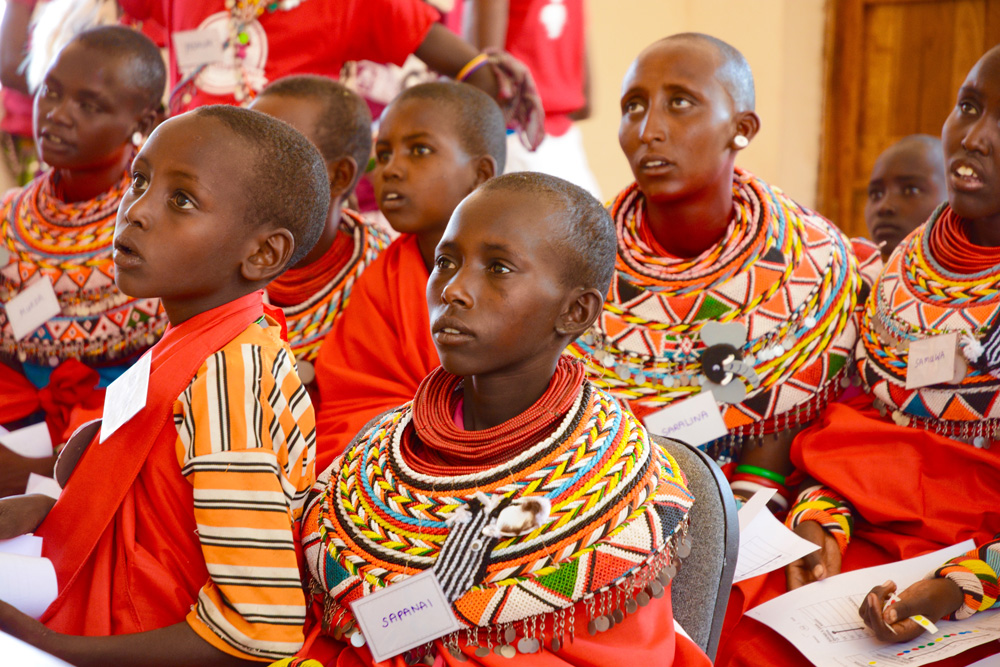
“We feel that with herder children, we can have an immediate impact when we’re trying to save wildlife because they are the ones who live with livestock and wildlife every single day,” says Shivani. “So when they’re herding their livestock and they come across wildlife they can immediately choose not to do something negative against that wildlife species, whatever it may be.”
One kid at a time, all these organisations and schools are slowly building up the new generation of guides, park wardens, biologists and wildlife protectors. All it takes is to change kids’ perceptions and watch them bring the message across to entire communities.
“It’s quite incredible just to see the change in these kids happening so quickly,” says Shivani. “We just really devote a lot of time and attention to these kids because they’ve never been in any educational learning environment ever, so giving them education and lessons, it’s all-new for them, and they really do soak it in, it’s quite incredible to see.”

About the author
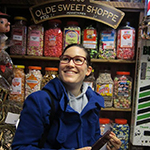 Julia Migné is a multimedia journalist and wildlife photographer specialising in environmental issues. She has written for Africa Geographic and BBC Wildlife among others. An endless traveller, she swears that she would visit one country for each letter of the alphabet. She believes in constructive journalism and co-launched an international platform featuring positive and inspiring stories from across the world: www.the-inkline.com
Julia Migné is a multimedia journalist and wildlife photographer specialising in environmental issues. She has written for Africa Geographic and BBC Wildlife among others. An endless traveller, she swears that she would visit one country for each letter of the alphabet. She believes in constructive journalism and co-launched an international platform featuring positive and inspiring stories from across the world: www.the-inkline.com
To comment on this story: Login (or sign up) to our app here - it's a troll-free safe place 🙂.![]()




